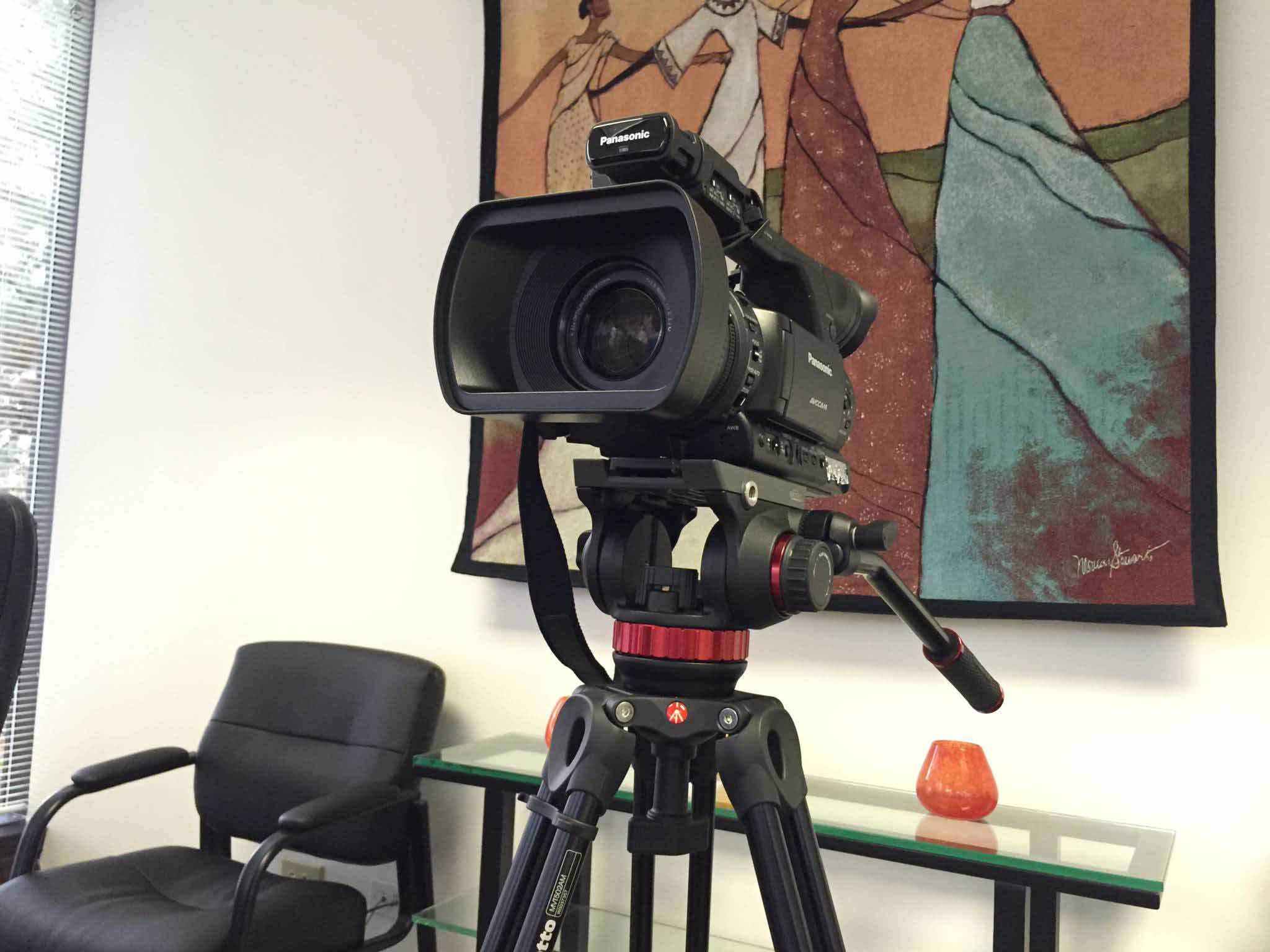Leading Benefits of Expert Legal Videography for Lawsuit
Leading Benefits of Expert Legal Videography for Lawsuit
Blog Article
Looking Into the Devices of Lawful Videography: Introduction Its Procedure in Safeguarding Authentic Aesthetic Testament for Judicial Proceedings
In the world of judicial process, the function of legal videography stands as a keystone in maintaining and offering visual proof. As innovation remains to breakthrough, the mechanisms behind lawful videography have actually become increasingly intricate, offering an essential layer of authenticity to statements caught on video clip. By delving into the operational complexities of lawful videography, one can discover the thorough processes that guard the stability of visual proof offered in courtrooms - Legal Videography. This exploration not only clarifies the historic advancement of lawful videography however also means the future fads that may further transform just how aesthetic statements are maintained in the realm of justice.
Historical Evolution of Lawful Videography
Taking a look at the historic progression of legal videography exposes a substantial makeover in the recording and discussion of visual evidence within the lawful landscape. In the past, legal process heavily depended on created photographs and records to record events and provide proof. With the development of video clip technology, the lawful market experienced a paradigm change in how visual statement was caught and presented.
The advancement of lawful videography can be traced back to the late 20th century when developments in video recording devices made it a lot more easily accessible for use in courts. This technical innovation not just enhanced the accuracy and dependability of aesthetic evidence but also reinvented the way situations existed to courts and judges (Legal Videography). Lawyers began to acknowledge the convincing power of video recordings in conveying feelings, nuances, and non-verbal hints that composed transcripts or photographs alone can not record successfully

Modern Technology Improvements in Video Documents
What crucial technological innovations have transformed video documents in the lawful area? The lawful area has seen substantial advancements in video documentation technology that have boosted the credibility and integrity of visual proof in judicial proceedings. Among the key improvements is high-def (HD) video clip recording capacities, which provide crystal-clear pictures and sharp details that are essential for precisely catching testaments, faces, and various other visual hints. Additionally, the assimilation of timestamping and metadata features in video documentation devices has made it possible for precise documentation of when and where the video clip was videotaped, guaranteeing the honesty of the evidence offered in court.
Moreover, innovations in video clip security and watermarking technologies have bolstered the safety and tamper-proof nature of video clip evidence, securing it against unapproved alterations or meddling. Furthermore, the arrival of cloud storage options and remote gain access to capacities has structured the storage space, access, and sharing of video clip evidence, facilitating seamless collaboration amongst legal specialists and making certain reliable accessibility to essential aesthetic statements when required. These technical innovations in video clip documents have certainly reinvented the legal area, improving the precision, reliability, and admissibility of aesthetic evidence in judicial procedures.
Function of Lawful Videographers in Court Settings
The development of video clip documentation innovation in the legal area has necessitated an essential duty for lawful videographers in court setups, guaranteeing the honesty and integrity of visual testaments over at this website presented during judicial procedures. Legal videographers play an essential role in catching and preserving accurate aesthetic evidence that can be essential in court situations. Their duty includes setting up tools, tape-recording procedures, and producing top notch videos that accurately show the occasions go to my site in the courtroom.
Additionally, lawful videographers usually work very closely with legal teams to make sure that the video clip evidence straightens with the instance's requirements and can be effectively presented in court to support the legal debates being made. On the whole, the role of legal videographers in court setups is indispensable in maintaining the concepts of justice and ensuring the openness of legal process. Legal Videography.

Ensuring Admissibility and Integrity of Video Evidence
To keep the trustworthiness of aesthetic proof offered in legal procedures, making certain the admissibility and honesty of video evidence is a vital obligation for lawful videographers. Admissibility refers to the approval of proof by the court, and for video proof to be acceptable, it should fulfill particular criteria. Lawful videographers play an essential role in making certain that the video clips they capture follow the rules of evidence, such as credibility, importance, and integrity.
Stability of video evidence involves maintaining the originality and accuracy of the video from the moment it is tape-recorded up until it is presented in court. This consists of securely storing the video data, documenting the chain of custody, and protecting against any type of tampering or alterations. Lawful videographers have to stick to strict procedures to guarantee the integrity of the video clip proof and prevent any kind of obstacles to its credibility.
Future Trends in Legal Videography
Offered the enhancing dependence on technology in lawful process, legal videographers are poised to accept innovative advancements forming the future of visual testimony capture and discussion. Among the prominent trends imminent is the assimilation of virtual reality (VIRTUAL REALITY) and enhanced fact (AR) modern technologies into legal videography. These innovations have the potential to transform exactly how visual proof exists in courtrooms, permitting juries and courts to submerse themselves in the scene of the crime or event.
Additionally, the use of man-made intelligence (AI) formulas for video clip analysis is expected to streamline the process of assessing and assessing huge amounts of video clip footage. AI can aid in recognizing crucial moments, abnormalities, and patterns within videos, boosting the efficiency of lawful investigations.

Conclusion
In verdict, lawful videography has actually played an important role in providing authentic visual evidence for judicial process. With technological developments and the expertise of legal videographers, the integrity and admissibility of video evidence are ensured in court room settings. As lawful videography proceeds to develop, it will be important to promote standards that keep the accuracy and dependability of aesthetic testimony for the future of lawful procedures.
Analyzing the historical progression of lawful videography exposes a significant makeover in the recording and discussion of aesthetic evidence within the legal landscape.The evolution of video documents modern technology in the lawful area has necessitated a critical why not try these out duty for legal videographers in court setups, guaranteeing the integrity and integrity of aesthetic testaments provided throughout judicial proceedings. Additionally, lawful videographers usually work very closely with lawful teams to make sure that the video clip evidence straightens with the situation's requirements and can be properly offered in court to support the legal disagreements being made.To maintain the credibility of aesthetic evidence presented in legal proceedings, guaranteeing the admissibility and honesty of video clip proof is an essential duty for lawful videographers. As lawful videography continues to advance, it will certainly be essential to maintain requirements that keep the accuracy and integrity of aesthetic statement for the future of legal proceedings.
Report this page